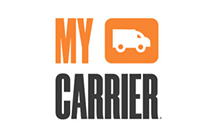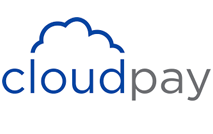The magic of Datarails: How the American Board of Internal Medicine shaved days off their month-end procedures
ABIM, the American Board of Internal Medicine, is a Philadelphia-based physician-led, non-profit. The independent evaluation organization has operated for more than 80 years with its certification standing as the gold standard in internal medicine. Its certifications help demonstrate to...Read more












